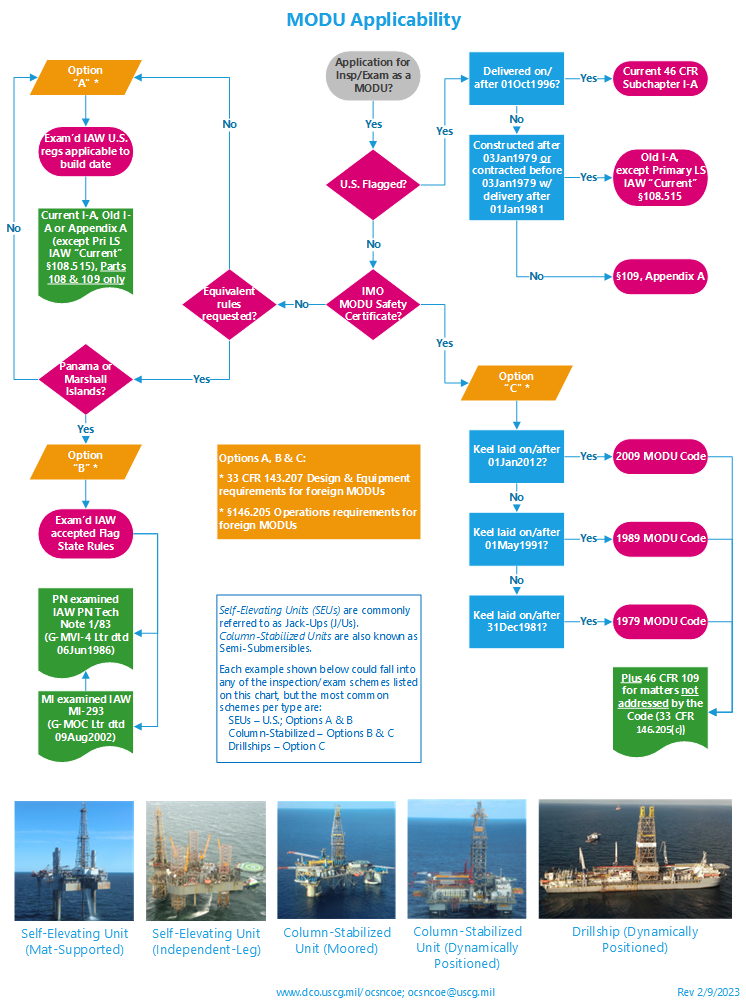The Drill Down, Issue #4: Mobile Offshore Drilling Unit Regulatory Compliance Options
 Introduction
Introduction
Today, the vast majority of mobile offshore drilling units (MODUs) operating on the U.S. Outer Continental Shelf (OCS) are foreign-flagged vessels. MODU regulatory applicability can be a bit complex at first look due to the numerous compliance schemes and their respective dates. U.S.-flagged MODU requirements are contained within 46 CFR Subchapter I-A. This issue of the Drill Down will primarily focus on regulatory compliance options for foreign-flagged MODUs engaged in U.S. OCS activities.
Authority
Coast Guard (CG) authority to regulate activities on the OCS is derived from the Outer Continental Shelf Lands Act (OCSLA), 43 U.S. Code 1331. Under OCSLA and 33 CFR Subchapter N, the CG exercises Coastal State authority on foreign MODU examinations beyond 12 NM. Coastal State exams may be more in depth than a traditional Port State Control exam, but will not be as stringent as a flag state inspection (refer to COMDTINST 16000.76, Marine Safety: Outer Continental Shelf Activities, Chapter 1).
Compliance Options
Foreign MODUs are allowed three different examination options, known as Options (a), (b), and (c), for issuance of a Certificate of Compliance (COC) when on the U.S. OCS and engaged in OCS activities. The requirements for these three options can be found in 33 CFR 143.207 (design & equipment) and 33 CFR 146.205 (operations), which are: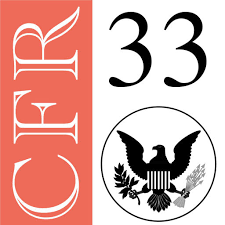
- Option (a): Compliance with 46 CFR Parts 108 and 109;
- Option (b): Compliance with the standards of the MODU’s documenting nation, if the standards provide a level of safety generally equivalent to or greater than that provided under 46 CFR Parts 108 and 109; or
- Option (c): Compliance with the standards for MODUs contained within the International Maritime Organization (IMO) Code for the Construction and Equipment of MODUs (IMO MODU Code).
Additional guidance can be found in COMDTINST 16000.76, Chapter 3. See the flow chart of compliance options.
Option “A” MODUs
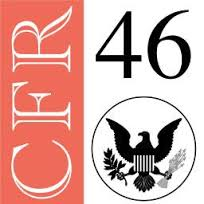 With exception to the nations that have been recognized as eligible for Option (b), MODUs that are inspected and certificated by their flag state as “surveyed in accordance with National Standards for the construction of MODUs” will be required to be examined under Option (a). This means that the MODU is required to comply with the U.S. MODU regulatory requirements of 46 CFR Parts 108 and 109. If a vessel was built prior to 1 January 1981, it must meet the requirements of Appendix A to 46 CFR Part 109 (also known as Navigation & Vessel Inspection Circular (NVIC) 4-78), with the exception of lifesaving arrangements.
With exception to the nations that have been recognized as eligible for Option (b), MODUs that are inspected and certificated by their flag state as “surveyed in accordance with National Standards for the construction of MODUs” will be required to be examined under Option (a). This means that the MODU is required to comply with the U.S. MODU regulatory requirements of 46 CFR Parts 108 and 109. If a vessel was built prior to 1 January 1981, it must meet the requirements of Appendix A to 46 CFR Part 109 (also known as Navigation & Vessel Inspection Circular (NVIC) 4-78), with the exception of lifesaving arrangements.
Option “B” MODUs
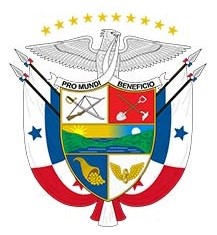
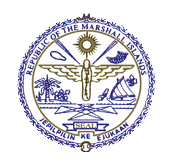 This option allows MODUs to comply with a national standard, if that national standard has been determined by the Coast Guard to provide an equal or greater level of safety than that of 46 CFR Parts 108 and 109. The Coast Guard has only recognized two nations as meeting Option (b) requirements: Panama (Coat of Arms left) and Marshall Islands (Seal right). Details regarding requirements for these MODUs, including applicability dates, can be found in Panama Technical Note 1-83 and Marshall Islands MODU Standards Publication MI-293 (Rev. 8/00), respectively. COMDTINST 16000.76, Chapter 3.C and 3.D provide additional details for issuance of an Option (b) COC. It is important to note that the policies associated with this option only apply to MODUs with construction dates before the applicability date of the 2009 IMO MODU Code.
This option allows MODUs to comply with a national standard, if that national standard has been determined by the Coast Guard to provide an equal or greater level of safety than that of 46 CFR Parts 108 and 109. The Coast Guard has only recognized two nations as meeting Option (b) requirements: Panama (Coat of Arms left) and Marshall Islands (Seal right). Details regarding requirements for these MODUs, including applicability dates, can be found in Panama Technical Note 1-83 and Marshall Islands MODU Standards Publication MI-293 (Rev. 8/00), respectively. COMDTINST 16000.76, Chapter 3.C and 3.D provide additional details for issuance of an Option (b) COC. It is important to note that the policies associated with this option only apply to MODUs with construction dates before the applicability date of the 2009 IMO MODU Code.
Option “C” MODUs
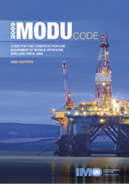 MODUs that have been issued a MODU Safety Certificate in compliance with the applicable IMO MODU Code may apply for examination under Option (c). There are three different IMO MODU Codes published: 1979, 1989 and 2009 (image right) (see Drill Down #20). While 33 CFR Subchapter N only references the IMO MODU Code (1979), both the 1989 and 2009 IMO MODU Codes have been accepted as an equivalent level of safety via Coast Guard policy. The applicable dates are as follows:
MODUs that have been issued a MODU Safety Certificate in compliance with the applicable IMO MODU Code may apply for examination under Option (c). There are three different IMO MODU Codes published: 1979, 1989 and 2009 (image right) (see Drill Down #20). While 33 CFR Subchapter N only references the IMO MODU Code (1979), both the 1989 and 2009 IMO MODU Codes have been accepted as an equivalent level of safety via Coast Guard policy. The applicable dates are as follows:
- 1979 MODU Code: construction on or after 31 December 1981
- 1989 MODU Code: construction on or after 1 May 1991
- 2009 MODU Code: construction on or after 1 January 2012
The MODU Safety Certificate will specify which IMO MODU Code was utilized for compliance. As found in 33 CFR 146.205(c), Option (c) MODUs must comply with 46 CFR 109 for requirements that are not addressed in the IMO MODU Code.
While there are MODUs that meet the SOLAS Convention applicability requirements (500+ GT, propelled by mechanical means), the MODU Code is considered an acceptable equivalent to the SOLAS Convention (ref: MODU Code Preamble). Additionally, it should be noted that the IMO MODU Code is not dependent on a “parent” convention. Whereas other IMO Codes (e.g. LSA, FSS, FTP,) are “dependent” on reference from an IMO Convention, the IMO MODU Code stands alone.
MODU Safety Certificate Issuing Agencies
It is important to note that the MODU Safety Certificate (IMO MODU Code or National Standard) is issued by the documenting nation. More than likely, a classification society will issue the certificate on behalf of the documenting nation.
Conclusion
This provides an overview of the compliance scheme for MODUs operating on the U.S. OCS. COMDTINST 16000.76, Chapters 2 and 3 provide additional guidance on MODU compliance.
Published 03May2017. Revision 1, 25Apr2023.
